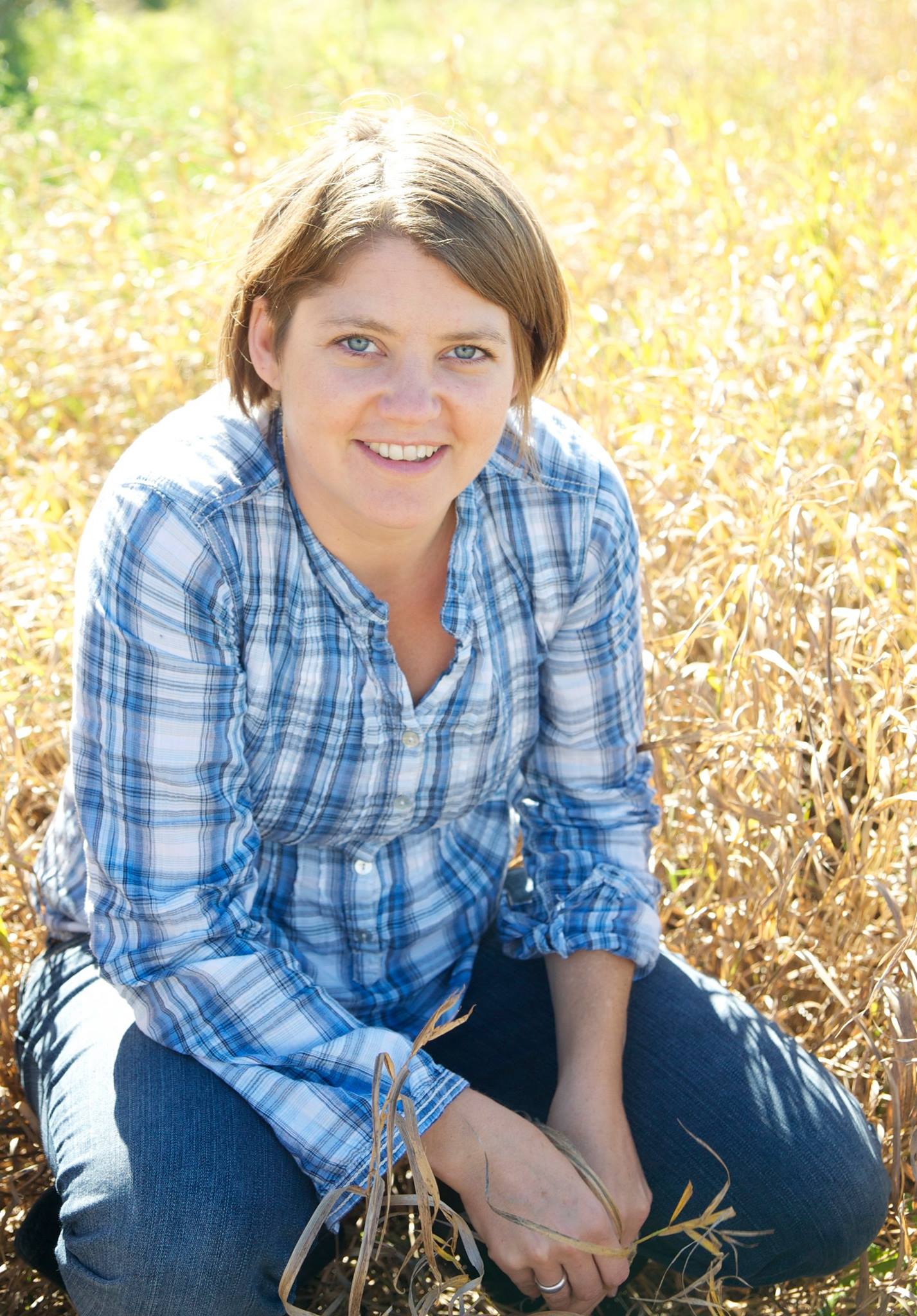



New turkey hatchery concept boosts health, production
HatchTech designed a new system specifically with turkey poults in mindWhen Dutch equipment supplier HatchTech’s new broiler hatchery concept first came to market in 2014, it was well received, but not suitable for turkey hatcheries. Working collaboratively with Life-Science Innovations in Minnesota, HatchTech has now designed an entirely new system, this time designed specifically with turkey poults in mind. Peter Gruhl, a 30-year veteran in the Canadian turkey sector and director of sales at Life-Science Innovations, and Jonathan Huisinga, general manager at Next Nest Hatching, explain how the system works and its benefits.
Developing a system for turkeys
HatchCare is a unique system in which chicks hatch under optimum and uniform conditions and are provided with fresh water, feed and light as soon as they hatch. Broiler hatcheries that first adopted the system boast of stronger, healthier chicks.
Seeing positive results in broiler chicks, Huisinga was eager to try it in turkeys. He contacted HatchTech to see if they could work together to develop a similar system for turkeys. Huisinga and his family have been working in turkey production in Minnesota for 75 years, making them the ideal consultants.
The first factor that had to be considered during the hatchery’s development stage was egg size. In the early stages of production, female turkeys produce eggs that range between 70–72 grams in weight. But end-of-production eggs can weigh as much as 108 grams. The amount of heat required during incubation is very much dependent on the size of the egg, Gruhl explained in an interview.

While typical turkey hatcheries use just one main heat source, the HatchCare system for turkeys includes a laminar airflow system whereby air passes through 14 radiators to provide ideal temperature control.
“Every section has a thermostat on it so you can add temperature or take temperature away as you need,” Gruhl explained. “And because of how the machines are set up, we run a lower CO2 level, which is good for the poult.”
“At higher CO2 levels, birds do not eat and grow optimally,” he added.
Design modifications had to be made to accommodate the size of the developing poult as well. Turkeys, explained Huisinga, have larger heads and feeding heights.
“The details make all the difference,” said Huisinga. “Millimeters of width or height of many different aspects of the HatchCare basket mean the difference between an ideal environment and failure.”
Pilot tests show great results
Next Nest Hatching completed three multi-pen tom trials in a regional research facility with a third party, following turkey poults from hatching to maturation, to see if the system produced similar results as it had for broilers.
Interestingly, the first thing they noted in the trials was that all poults within the system had feed in their digestive tract on day-of-delivery. Gruhl also noted that the body weights of poults were 20–40% higher by the end of the first week. That growth continues throughout maturation as well. According to the trial results, turkeys under the new system weighed 400 grams more at 140 days of growth and were five points better in terms of feed conversion than control birds.
“This growth advantage was accomplished with the same amount of feed as standard-hatched birds, providing a significant cost savings,” said Gruhl. “That’s a big deal at historical-average feed costs, but right now it’s an even bigger deal.”
Additionally, by the time the observed toms reached maturation, those in the HatchCare system were 2 per cent larger than those grown in conventional systems. This additional growth made gender identification on service day much easier.
“Our gender identification techs have said they could tell which birds are on feed and water if they were blindfolded, there’s that much difference,” said Gruhl.
Under the turkey HatchCare system, the intestine, the largest immune organ in the bird, was also found to be better developed. Many believe there is a direct correlation between organ development and immune status, although more research needs to be conducted to determine if that’s indeed the case.
‘First value-add in 40 years’
Both Gruhl and Huisinga are excited about the introduction of HatchCare’s new system for turkeys. Gruhl said it’s the first real value-add for turkey hatcheries in over 40 years.
“As our industry becomes more under the microscope, this is a big step in a direction that nobody else has gone before,” he said. “It will help with the challenges of the economics of turkeys today because it’ll be getting better final performance.”









